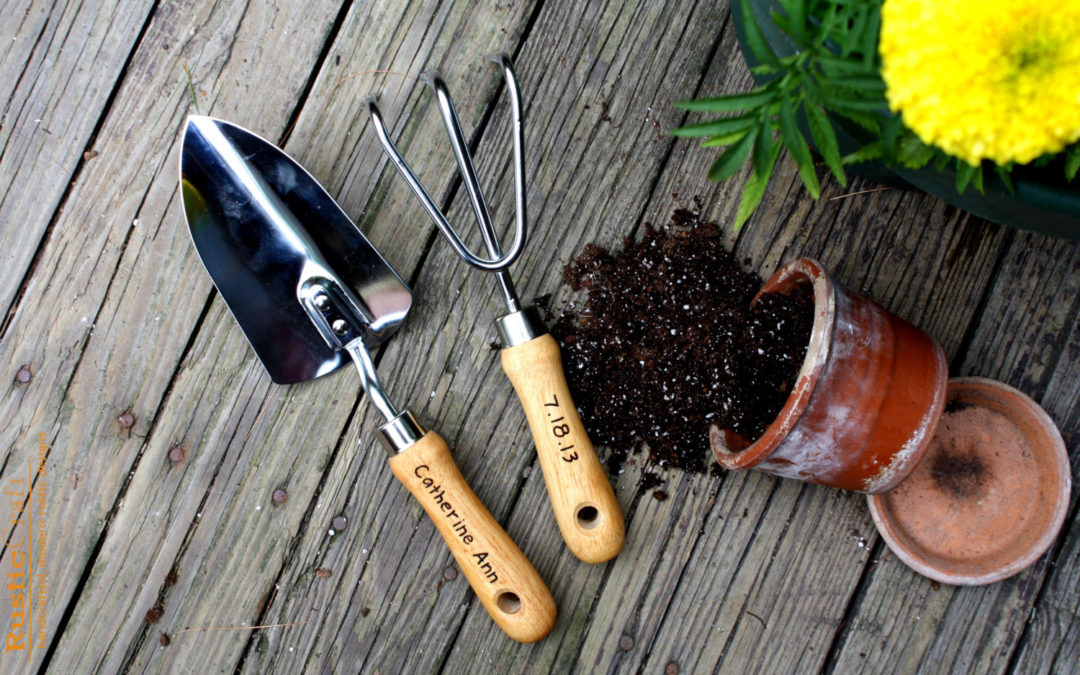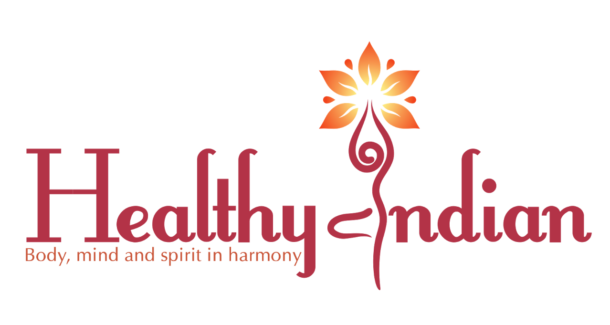Do you have a passion to garden but don’t know where to start? Are you afraid to start a fiasco by digging up your lawn to plant, only to regret later and bemoan all the dead foliage? Or do you live in an apartment or a zero-lot and have no space to have a real ‘garden’? Fret not. There are all kinds of gardeners as there are gardens….small, big, basic, artsy and everything in between. And there’s a garden meant just for you!!
Digging up a lawn to start a garden is always daunting. Not to mention expensive. The way I made my foray into gardening, is by starting to garden in a few pots. It gave me a chance to decide if gardening was really for me, and if I had the interest to take it to the next step. Here are a few tips to remember while planning to start growing vegetables in pots and containers.
The art of container gardening is different from gardening in the ground. The idea of container gardening is to use smaller containers that meet the basic root zone requirements of a plant. For example, lettuce has a very shallow root structure so it grows easily in small containers such as a recycled tin can. A tomato plant, on the other hand, has a large root system and it requires about 15-gallons of soil to contain it. Still, you can grow most vegetables and herbs in containers even if you have limited space. Here is a little insider organic gardening information to get you started.
Start with the U.S. Plant Hardiness Zone map. Where you live has specific growing needs and temperature is a key factor. By understanding the temperature ranges in your area you can plan for year-round container gardening. You may have to start seeds indoors, but that too is a very easy task.
One of the key piece of information that the zone map provides is the background information so that you can learn which plants grows better in your area. You can also learn the best times of the year to grow which herbs or vegetables.
What is Grown in Containers?
Almost everything grows in pots, even small fruit trees. There are a few plants that require more space than a container provides. Some plants have special considerations too. Corn is a good example. While it does grow in containers, it is a wind-pollinated plant and for the best yield, you need a lot of corn plants. Organic container garden limitations are first by available space, and second by climate.
Available space and climate limitations are two concerns for organic container gardening. This is why it is important to plan out a container garden. If you just want to grow a few vegetables or herbs, there is less need to plan. If you want to create a garden with a lot of variety, then planning becomes more important.
That said, herbs do very well in containers and pots. Basil, mint (always plant this in pots if you don’t want to it to take over your yard!), chives, Greek oregano, rosemary, thyme, parsley, lemon balm, keffir lime, curry leaves – all these thrive well in pots. You can even bring them indoors in the winter season and expect them to do reasonably well until they are ready to be taken outside in Spring.
I also grow limes and lemons in pots because Dallas can get really cold between December and March and these plants won’t thrive. Planting them in pots allows me to bring them indoors during those cold months.
Special Care and Maintenance for Pots Vs. In-ground Plants
Container gardens need a little more care and maintenance than in-ground gardens. The big concern is moisture. Pots tend to dry out quickly where in-ground gardens retain moisture deep in the soil. For that reason, a drip irrigation system works well for container gardening. Soil nutrition is something that needs monitoring in both types of gardens. In pots, you need to plan to replace or amend the soil seasonally. Many herbs are perennials and as such, they need soil supplements if planted in a container garden.
How to Make DIY containers
There is no real secret to making your own containers for organic gardening. There are, however, a few guidelines.
- Ensure your containers have good drainage.
- Ensure your containers are not toxic or that they do not leech chemicals.
- Ensure that the area where you place them can support their weight.
The University of Maryland offers a great guide for creating self-watering containers for gardening.
The University of Illinois offers an excellent guide for understanding soil and mixing soils for container gardening.
One Green Planet offers an inspirations guide for using recycled items for creating containers.
Loving Organic Container Gardening – Growing Your Own Herbs and Vegetables in Limited Spaces
Organic gardening is a beautiful thing. It not only offers a cost-effective way to grow your own food, it also gives you the opportunity to control what you bring into your body. Gardening is also very therapeutic. The value of gardening is that you nurture and care for plants that provide you food. Gardening is a spiritual process too. Are you ready to give container gardening a try?


